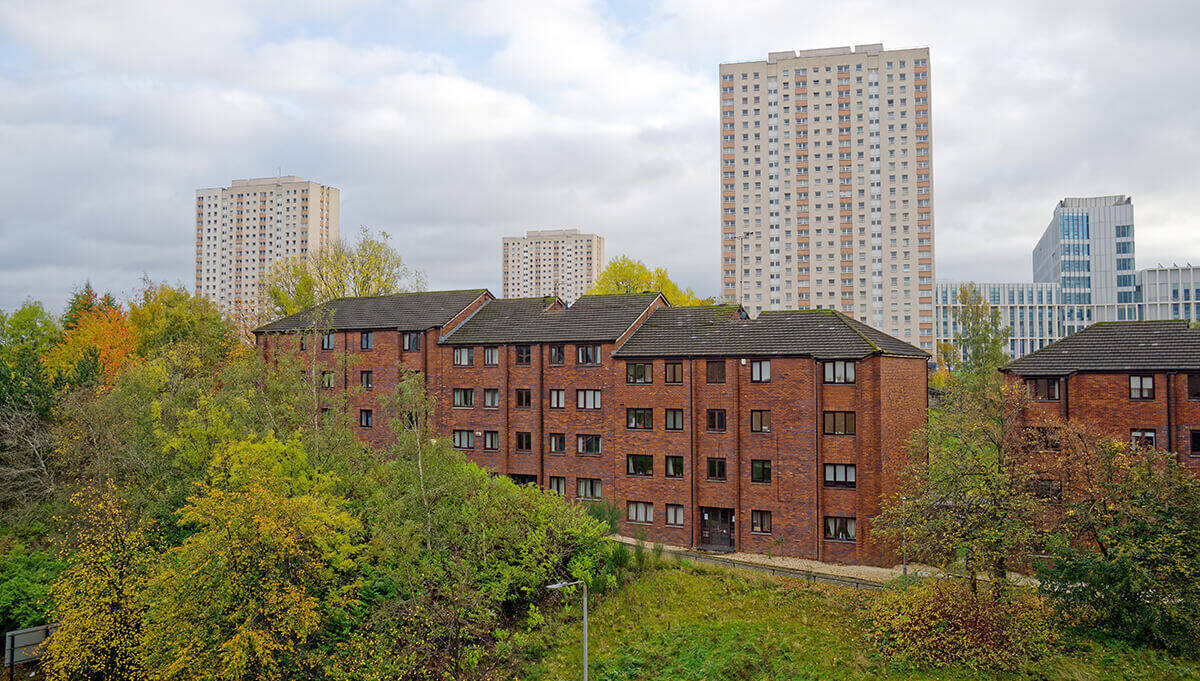
By Richard Mason, Managing Director GeoPlace from March 2011 until May 2018 when Richard retired as Managing Director.
Whilst the address wars were still raging some 9 years ago, in another part of the wood, Ordnance Survey and the Local Government Association (LGA) started on an incredible journey - how could they work together and produce just one nationally consistent definitive spatial address dataset for the country. Previous attempts had failed so why would this be any different?
Was it the fact that any issue (and there were many)! were seen as opportunities rather than as barriers.
And so it came to pass. After 2 long years of negotiations, the final 2 months of which were spent in the lawyer's offices in London - "no one leaves until its finalised"! in November 2010 it was announced by Eric Pickles the Secretary of State for Communities and Local Government that "a long-awaited joint undertaking between local government and the Ordnance Survey agency to amalgamate addresses into a single register for use by public sector workers and private businesses would now take place." This joint venture would be known as GeoPlace.
Under this arrangement, the assets of Intelligent Addressing were purchased by the joint venture and we were off!. What a scramble. Having convinced the government to back us they now wanted their return - the first product to be available to the PSMA community in September 2011 - just 6 months away.
What followed were a number of tense meetings between all the parties involved as new working arrangements and relationships came into place. Slowly but surely the focus shifted to resolving the problems rather than allocating blame for delays and misunderstandings.
We now had the opportunity to use the best parts of the LLPGs - data from source; over 50% of them being updated daily; addresses for all buildings and the "golden thread" the UPRN attached to each record, together with parts of Address Layer 2 - accurate coordinates in the building they were addressing, the OS's TOID and addresses for a number of OWPAs - Objects without Postal Addresses. All of these addresses linked to a Royal Mail PAF address and hence the correct postcode and also to the VOAs Council Tax records for residential addresses and Non Domestic Rates for commercial addresses.
Before GeoPlace was set up, local authorities used their LLPGs whereas the Fire and Police often used OS's Address Point and/or Address Layer 2. Transfer of address based information between these organisations required them to have licences for both products, the costs of which usually prohibited this happening. Hence a local authority could not advise the fire service of a person at an at-risk address and vice versa and yet we were all part of "UK government" Crazy!
Once the new products produced by GeoPlace were available all of these restrictions were swept away.
But this was just the start, the world is changing every day. Every month GeoPlace received over 7,000 files of updated records from the 348 address producing local authorities and 174 local authorities producing street updates. These all needed to be validated and linked to the latest Royal Mail and VOA data. As time went on Scotland was added and then in the last couple of years Northern Ireland, the Isle of Man and the Channel islands were included which brought their own new challenges.
Linked into this were increasing demands from customers of increasing levels of data quality - national consistency of attributes across the country being a key one and each 6 weekly update results in at least 3 million changes - new addresses; changed classifications; updates to co-ordinates and their status. The work goes on relentlessly.
At the same time work was on-going in improving the 174 local streets gazetteers into the national street gazetteer - NSG. New attributes and national consistency were the same driving forces and this data is the base on which the new Highways product produced by Ordnance Survey is based.
But there's still more to be done. New updates, new data standards are the norm, now there's a focus on changing the IT systems so that daily updates can be provided to customers and the power of the internet exploited.
With all of this expertise and knowledge, opportunities for using this both in the UK and abroad are now being pursued. At a recent world addressing conference the process that we operate in the UK was described as "the gold standard" - data from source; validated with many many checks and new addresses linked to other address datasets with each address having a unique x,y location and identifier - the UPRN. And an increasing number of international companies are now using it, with one describing it as the best spatial address dataset in the World.
It's been a real privilege to have been entrusted with setting up GeoPlace and running it for the last 7 years. But none of these successes would have been possible without the commitment, enthusiasm and passion demonstrated on a daily basis by the local authority custodians and the GeoPlace staff. We owe them a lot.
Watch out - once addressing gets into your bloodstream it's almost impossible to get it out! I am now planning to work for Addressing the Unaddressed as an Honorary Fundraiser. They are giving addresses to slum dwellers in Kolkata. (previously known as Calcutta). "Without an address, you do not officially exist". With one, you can open a bank account; receive social security benefits and have an account with utility providers."



